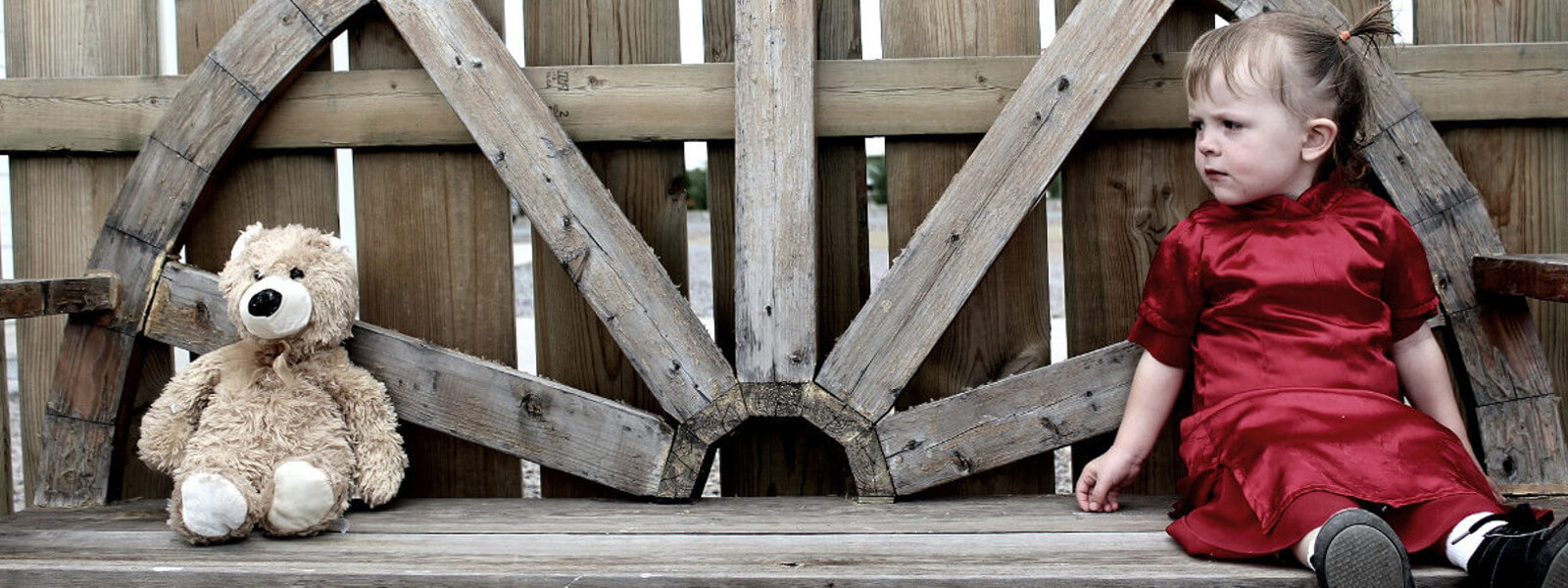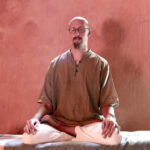The duality of suffering and happiness often leaves us scratching our head with confusion. What gave us a great sense of joy yesterday gives rise to the worst kind of problems today. What we worried about last month turned out to be the greatest blessing after all. Countless stories arise around the central topic of suffering and happiness. Therefore I have decided to reflect on the curious couple in this little blog.
Suffering
When I reflect on suffering I often use the Buddha’s model of the three types of suffering. I find it exceptionally clear and relatable. Whenever I talk about suffering, I refer to the entire spectrum of discomfort and unpleasantness that finds some structure in these three types of suffering.
There is the so-called suffering of suffering. This refers to all our unpleasant experiences as such. It goes from a little discomfort all the way up to the worst pain imaginable. It doesn’t matter whether the pain is on a mental, emotional or physical level. We all share the experience of pain at one time or another – it connects us.
And then there is the suffering of change. We usually experience it as happiness, pleasantness or relief. The problem with this type of suffering is that it comes in a happy costume. Our birthday celebrations lead to death, our solutions turn into problems and health only makes sense in the face of disease. In short: nothing lasts. Everything we deem to be good or bad is uncertain, unstable and therefore unreliable. Reflect deeply on your own experiences. Can you see that every type of joy you ever felt is based on the comprehension of its opposing force? The duality of happiness and suffering is not linear but circular in nature.
And finally there is the most subtle type of suffering – the suffering of clinging to the aggregates. It’s the constant sense of dissatisfaction at the core of our being. Continuously identified with what is subject to change we are whirling around in the Hurricane of Life. As a result we never truly come to rest. To see this subtle truth we have to learn to become very quiet. Only if distractions come to an end, can we see clearly what goes on within.
Happiness
I don’t see happiness as something that we can add on to ourselves. It is not a consumption product. We can’t find it outside of ourselves. It doesn’t exist in relationships, material objects, time or space. We can’t even find it within our own mind as it is continuously changing its shape. Sure, we might sense happy feelings temporarily – but unfortunately not in a reliable or lasting way. That is, if we are looking in the wrong direction.
The entire path can be compared to a ladder. Before we can grasp the rung above us, we have to stand firmly on the rungs below. It’s all about giving up a lower type of happiness for the sake of attaining higher states of joy, bliss and peace. Some people believe that they have to give up what makes them happy so they can appear very “spiritual” or renounced. This is a fast track to great misery and very unskillful. Remember: before you renounce a lower type of happiness you need to have a firm grasp of the rungs above it.
I believe that true happiness is a result of letting go. Let go of the things that obstruct your natural state. Start by letting go of tension residing in the body and in unskillful attitudes, such as the attitude of people pleasing. Then let go of past and future thoughts. After that, let go of thoughts all together. Proceed by letting go of all movements within your attention – then gradually surrender control. Every single time you let go of tension in body and mind correctly, happiness and pleasure is the direct result. As you advance on the path you can release tension on deeper and more subtle levels. This is the process of attaining complete freedom. It is not sudden but gradual – like climbing a ladder.





good
Very insightful writing indeed . It clarifies differences and doubts if any to a large extent . Authors own practice of these practices gets demonstrated through this writing